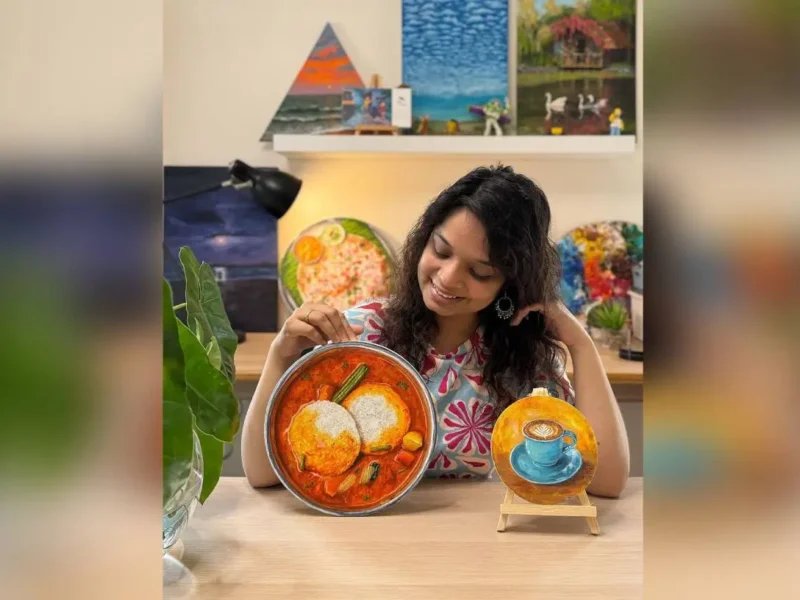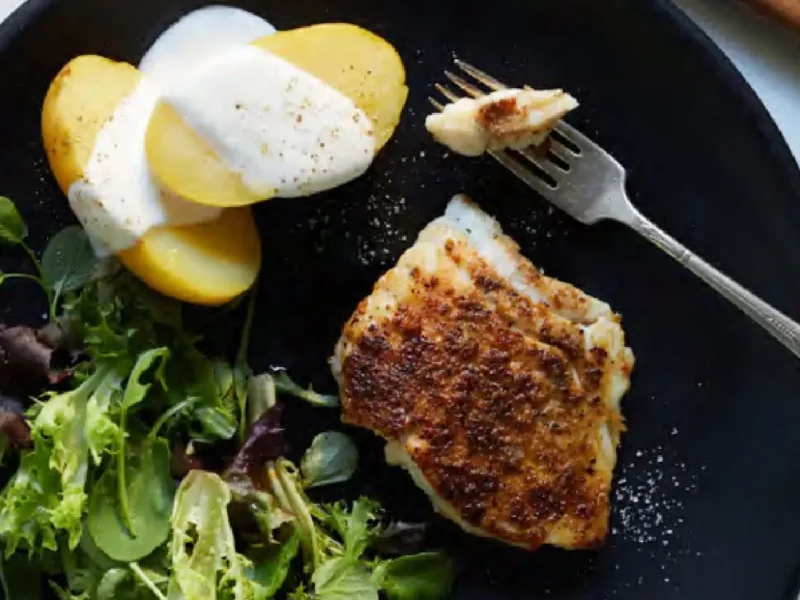
Mapping Indian Fermented Foods
India is known for its rich and diverse culinary tradition, which includes a vast range of fermented dishes. Foods like curd, pickles, and bread are common in our diets and have numerous health benefits. Because of the diversity of climate in India, different regions have distinct food products with varying fermentation processes and methods.
Cold Climate
Northern India has the coldest weather and a thriving yeast-based bread culture with seasonal fermentation. It is in this location that more mustard ferments are consumed during the winter. Pickles such as paani ka achaar and rai-paani ka achaar are particularly popular in Uttar Pradesh. Pickles are popular throughout the winter since they are vegetable-based, adapt to the temperature, and are ideal to accompany their traditional winter dishes. Other forms of fermented foods commonly consumed in the north include:
Jammu – Phuh (colostrum cheese), Yaji (steamed dumplings)
Himachal Pradesh – Dangal bari (spiced lentil mixture), Bedvin roti (flour+lentil+walnut bread)
Uttarakhand – Jamma (goat meat sausage), Keem (barley flour curry)
Punjab – Sez (rice), Bhallae (black gram fritters)
Haryana – Doli ki roti (sourdough bread), Kanji (carrot+beet beverage)
Hot & Dry Climate
Ferments based on grains, legumes, and buttermilk are popular in the west. Maharashtra, like other tropical regions, has a distinct fermenting culture. Because of the hot weather, summertime temperatures are high, and fermented foods help to keep the body temperature cool. Ambolis is the most common fermented dish consumed in the morning. Amboli is a thicker type of dosa prepared from fermented rice batter. Although it has a sweeter flavor, it is very similar to southern uttapam. Other fermented-base meals include:
Rajasthan – Doli ki roti (sourdough bread), Kanji (carrot+beet beverage)
Gujrat – Dhokla (bengalgram+rice), Handvo (lentil cake)
Maharashtra – Kurdai (sundried wheat cracker), Sukhi bombil (dry fish)
Madhya Pradesh – Pej (rice), Rabdi (maize porridge)
Hot & Humid Climate
Given the hot and humid weather in the south, a wide variety of fermented foods are appreciated. The south is well-known for its fermented lentils, dosas, and rice-based idlis. Curd and buttermilk-based ferments, which are common throughout the country and are used to soak vegetables to boost their potency, are another intriguing meal. Some of the fermented foods that are popular in southern India include:
Telangana – Idli (steamed rice cakes), Dosa (rice pancakes)
Andhra Pradesh – Ambali (millet porridge), Taravani (rice porridge)
Karnataka – Chepnim tor (stuffed raw mango pickle), Kachampulli (garcinia vinegar), Baimbale (bamboo shoot)
Goa – Sannas (rice cake),
Kerala – Appam (rice+toddy pancake), Idiyappam (string hoppers)
Tamil Nadu – Koozh (finger millet+rice porridge), Pazhayasadham (rice)
Also Hot and Humid
In the east too, the weather is a mix of hot and humid, which is ideal for fermenting. Given the environment, fermented foods are very common in Odisha. Because of the changing environment, tribal regions are where most fermentation techniques originated. Seasonal consumption and several procedures are used here. Mandiapej, Handia, Mahuli, and Tadi are examples of typical tribal cuisine. Aside from these, some other popular fermented meals from India’s east and north-east states are:
Odisha – Pitha (grain dessert), Chennapoda (chennacheescake)
Chattisgarh – Dehori (rice-curd mixture), Bijori (sun-dried lentil disc)
West Bengal – Bandel cheese (coagulated cow’s milk)
Nagaland – Axone (sticky soybean paste), Jang Kap (buffalo skin)
Mizoram – Bekang-um (sticky soybean paste)
Sikkim – Gundruk (leafy vegetable), Maseura (black lentil soup)
Assam – Namsing (fish), Kinema (soybean)
Meghalaya – Tungrymbai (soybean paste), Tungtap (fish)
Arunachal Pradesh – Chhurpi (yak milk), Pikey Pila (pork meat pickle)
Manipur – Hawaijar (soybean), Soibum (bamboo shoot)
(IANS)




